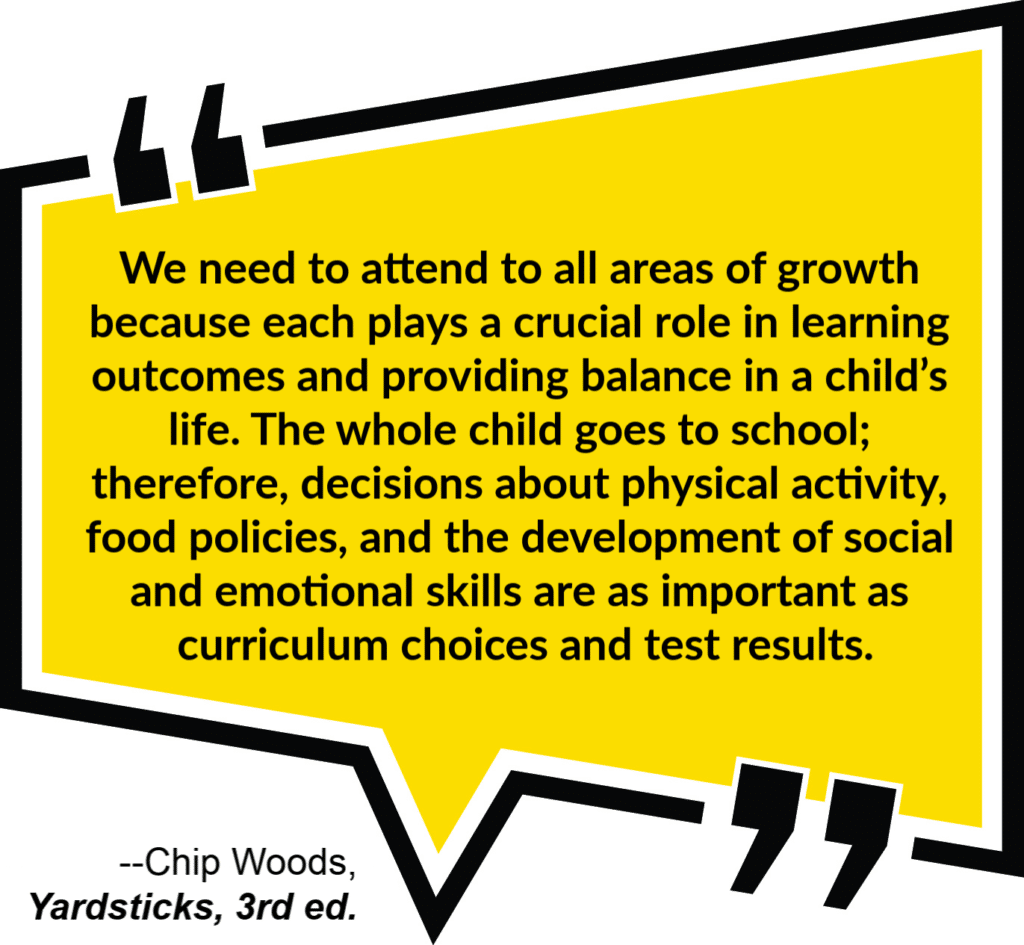It’s a New Year – Time to Look at Students Through a New Lens

A new calendar year provides the ideal occasion to reflect on who our students are now compared to who they were at the beginning of the year. Depending on how early the school year begins, some of us have been with our students for almost six months! In that time, students have grown physically, cognitively, linguistically, behaviorally, socially, and emotionally. Some students may also appear to have experienced “setbacks.” As we reflect on our students, we need to consider what changes are developmentally appropriate, using as guides the key maxims of child and adolescent development articulated in Yardsticks:
- Stages of growth and development follow a reasonably predictable pattern.
- Children and adolescents do not proceed through each stage at the same pace.
- Children and adolescents progress through the various aspects of development at their own rate.
- Growth is uneven.
 Changes in Our Students Are Cause for Pause
Changes in Our Students Are Cause for Pause
Students’ developmental changes impact both their learning and their relationships. This requires us to evaluate the systems we have in place to support our students.
Where to Begin?
- Start with the birthday cluster you created at the beginning of the year. How old is the majority of your class? Who are they now developmentally? What are the developmental needs of students who are not part of the cluster?
- Read through Yardsticks to see what changes correspond to developmental patterns. For example: Are students now pushing back on working together, when they didn’t before? This could be a common developmental change.
- Check in with students about the rules. Do they still carry the same weight they once did or is it time to revamp the rules so they match students’ current needs?
Consider Changes to Accommodate Students’ Physical Growth
- Do students need standing desks or more places to sit on the floor to work comfortably?
- Do students need more than one snack break?
- Are energizers and interactive learning structures embedded into lessons to support students’ need to move and talk?
Consider Changes to Accommodate Students’ Social-Emotional Needs
- What skills have students “mastered” and what skills do they still need to work on? How and when will these skills be taught, modeled, and practiced?
- If Interactive Modeling feels played out, are there other strategies that can be used — such as role-play, class meetings, Fish Bowl, Expert Demonstration, or simply brainstorming as a class — to help students grow?
- Consider using read alouds with partner chats to process and discuss storylines that are relevant to the students.
Consider Changes to Accommodate Students’ Individual Needs and Safety
We need to remember that development is influenced by culture, personality, and environment.
Our students are growing in leaps and bounds, which means we need to support them in all aspects of their development. The support we offer may be academic, but it may also be more personalized based on the student. Some students may be grappling with significant topics such as:
- Cultural identity
- Learning differences
- Gender identity
- Recognizing and utilizing strengths
- Sexual orientation
- Peer acceptance
- Academic interests
As you move through the second half of your school year, remember that development ebbs and flows. Our students are growing and changing in so many ways; we need to help them grow into themselves with kindness, patience, empathy, and a deep understanding of the developmental stages they are going through right before our very eyes.
